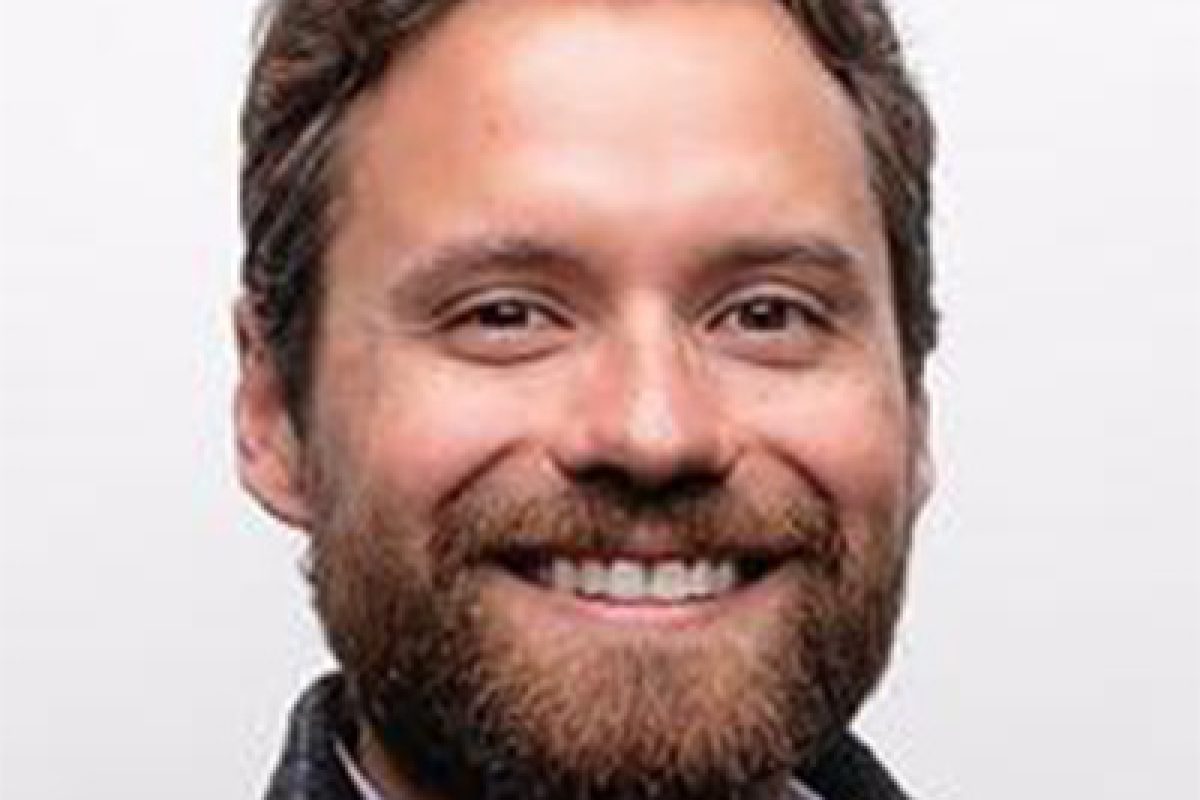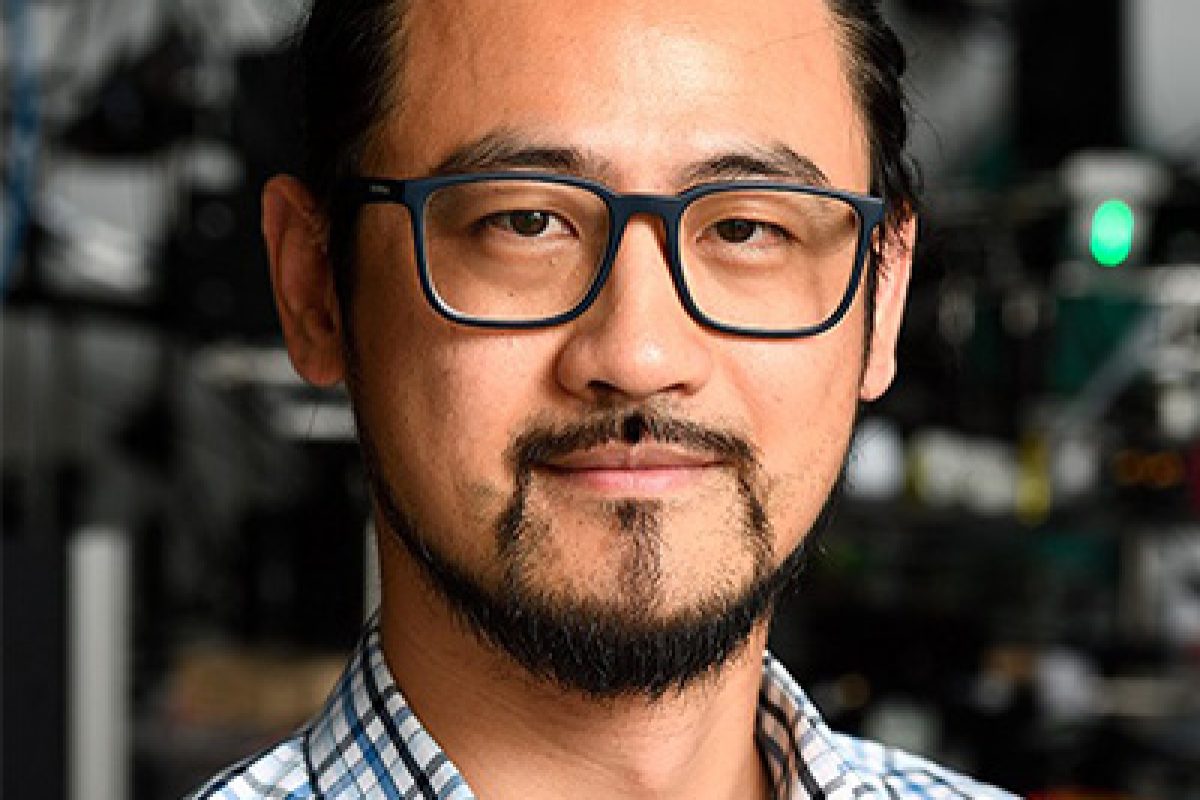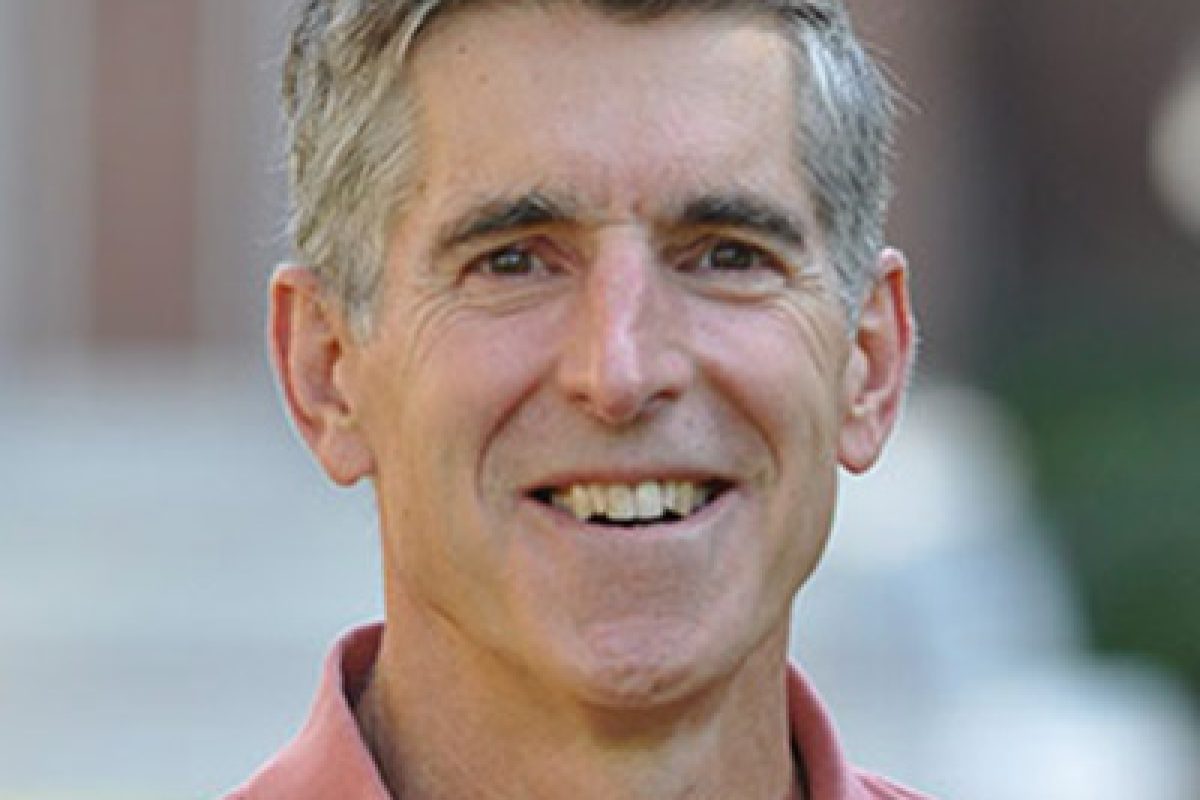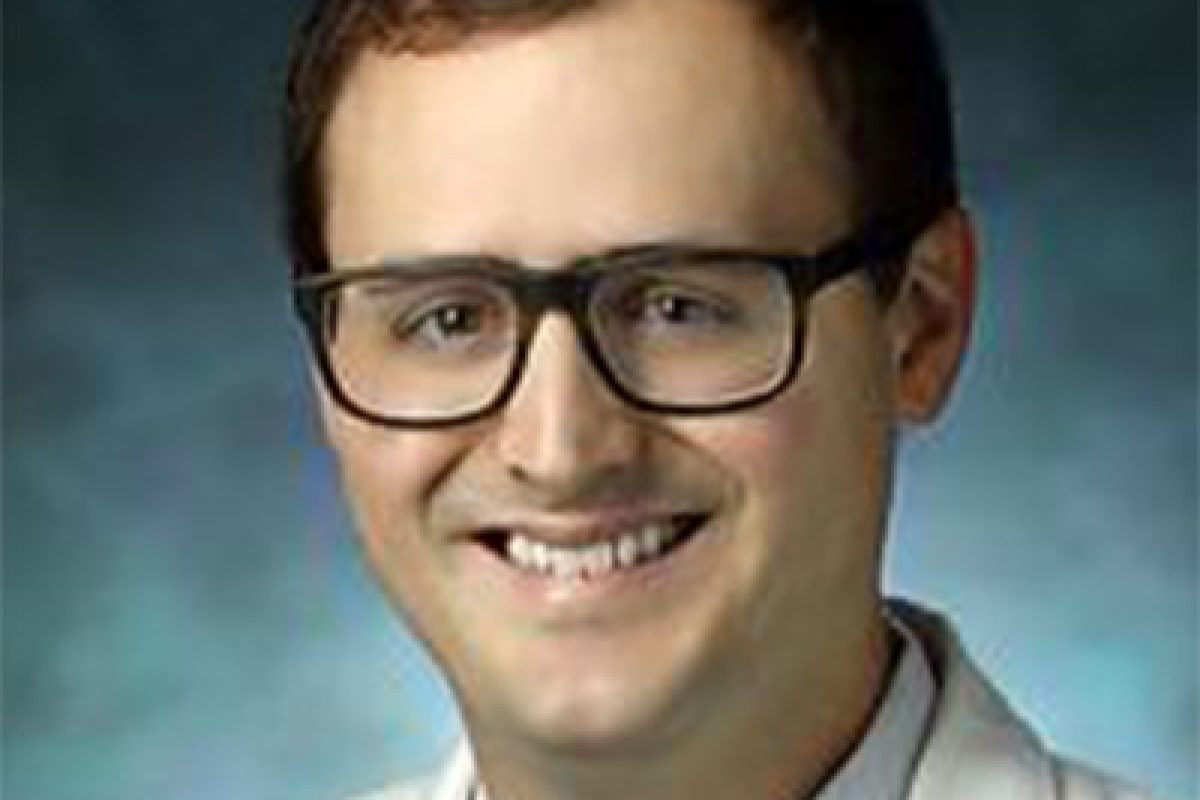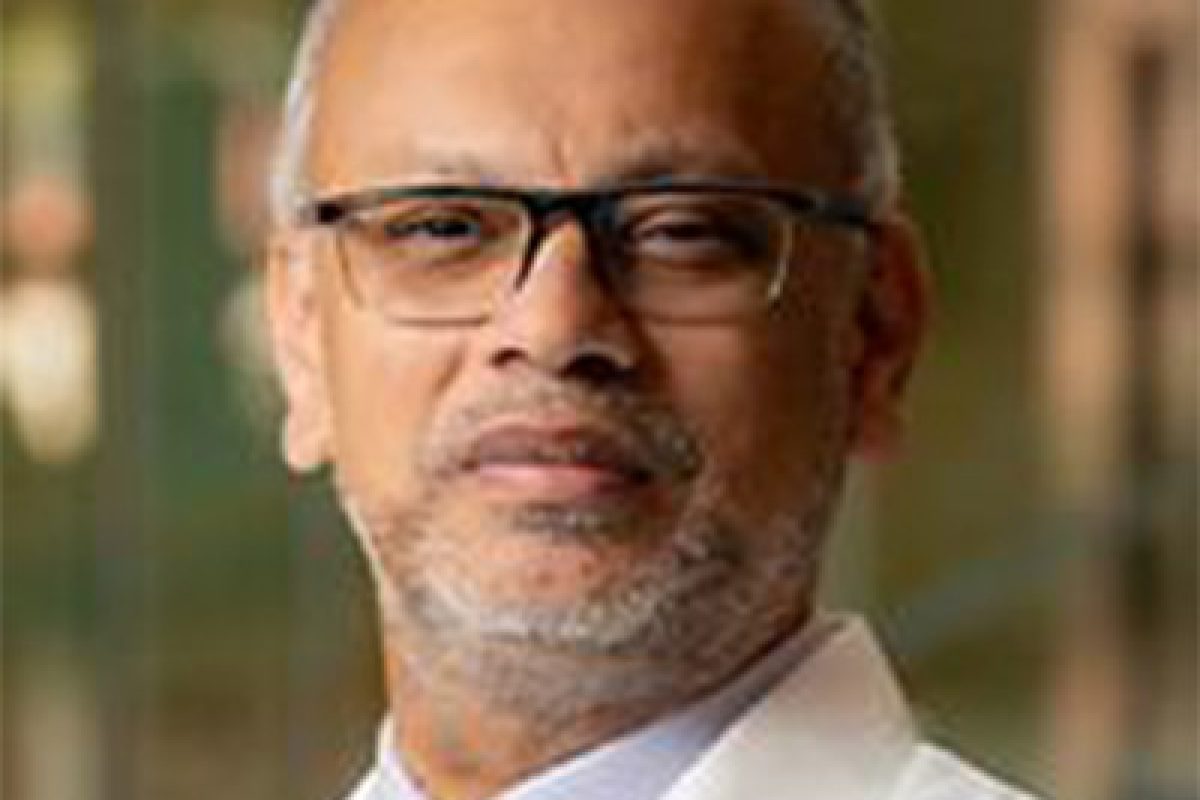Ji Yi
Dr. Ji Yi led a Biophotonics lab to develop cutting-edge optical imaging methods to characterize complex biological tissues. The lab strives for high-speed, large scale volumetric reconstruction of dynamics systems, to characterize, phenotype, and reveal the fundamental mechanisms underlying development and pathology. Using real-time imaging, Dr.Yi’s lab integrates seamlessly with TTEC by quantifying structural and functional integration of tissue and cell engineering approaches in native tissues for regeneration or repair.
Tim Weihs
My research focuses on the development of biodegradable materials for bone fixation, bone defects, arterial stents, and drug delivery with a particular emphasis on orthopedic applications and biodegradable Mg alloys.
Kevin Motz
Dr. Motz is a junior faculty member in the department of Otolaryngology-Head and Neck surgery and is working to establish himself as a successful clinician scientist. He has successful received career development funding (K23) through the NIDCD to investigate pathologic signaling pathways in macrophages associated with pathologic wound healing and subsequent fibrosis in the larynx and trachea. His research is complimentary to the work being done in TTEC. Cumulatively, Dr. Motz’s research is geared at identifying and targeting novel signaling pathways that drive airway fibrosis with the end goal of engineering a drug eluting biomaterial that can be used treat chronic wounds in the larynx trachea. This focus aligns well with the cross-cutting themes of Precision Medicine and Disease Modeling.
Amer Riazuddin
I received PhD from the Department of Biochemistry and Molecular Biology, Johns Hopkins University School of Public Health (2002). Afterward, I completed two postdoctoral fellowships: first, at the National Eye Institute, National Institutes of Health, and second, at the McKusick-Nathans Institute of Genetic Medicine, here at Hopkins. Trained as an ocular geneticist, I have been involved in identifying the genetic basis of multiple inherited ocular diseases and understanding the underlying pathomechanism over the past two decades. In recent years, I have expanded the scope of my research to pluripotent stem cell-based regenerative medicine. Currently, my laboratory is validating stem cell-derived corneal endothelial cells as an alternative to donor tissue for the treatment of corneal endothelial dysfunction. Additionally, my laboratory is working on two research initiatives. First, the development of a non-surgical treatment of cataracts by perturbing lens cell pathways, and second, stem cell-based regeneration of the glaucomatous tissue as a possible treatment of glaucoma.

